-
EXECUTIVE SUMMARY
-
MARKET INTRODUCTION
-
Definition
-
Scope of the Study
- Research
- Assumptions
- Limitations
-
Objective
-
RESEARCH METHODOLOGY
-
Overview
-
Data Mining
-
Secondary Research
-
Primary Research
- Primary
- Breakdown of Primary
-
Interviews and Information Gathering Process
-
Respondents
-
Forecasting Model
-
Market Size Estimation
- Bottom-Up Approach
- Top-Down Approach
-
Data Triangulation
-
Validation
-
MARKET DYNAMICS
-
Overview
-
Drivers
-
Restraints
-
Opportunities
-
MARKET FACTOR ANALYSIS
-
Value Chain Analysis
-
Porter’s Five Forces Analysis
- Bargaining Power
- Bargaining Power of Buyers
- Threat
- Threat of Substitutes
- Intensity
-
of Suppliers
-
of New Entrants
-
of Rivalry
-
COVID-19 Impact Analysis
- Market Impact
- Regional Impact
- Opportunity and Threat
-
Analysis
-
Analysis
-
GLOBAL EDIBLE FILMS AND COATINGS MARKET, BY INGREDIENT TYPE
-
Overview
-
Protein
-
Polysaccharides
-
Lipids
-
Composites
-
GLOBAL EDIBLE FILMS
-
AND COATINGS MARKET, BY APPLICATION
-
Overview
-
Dairy
-
products
-
Bakery and Confectionery
-
Fruits and Vegetables
-
Meat
-
Poultry
-
Seafood
-
Other
-
GLOBAL EDIBLE FILMS AND COATINGS MARKET, BY REGION
-
Overview
-
North America
- U.S.
-
Canada
-
Europe
- Germany
- France
- U.K
- Italy
- Spain
-
Rest of Europe
-
Asia-Pacific
- China
- Japan
- South Korea
- Australia
- Rest of Asia-Pacific
-
India
-
Rest of the World
- Africa
- Latin America
-
Middle East
-
COMPETITIVE LANDSCAPE
-
Overview
-
Competitive Analysis
-
Market Share Analysis
-
Major Growth Strategy in the
-
Global Edible Films and Coatings Market,
-
Competitive Benchmarking
-
Leading Players in Terms of Number of Developments in the Global Edible
-
Films and Coatings Market,
-
Key developments and Growth Strategies
- New INGREDIENT TYPE Launch/Application Deployment
- Joint Ventures
-
Merger & Acquisitions
-
Major
- Sales & Operating Income, 2022
- Major Players R&D Expenditure. 2022
-
Players Financial Matrix
-
COMPANY PROFILES
-
Bayer AG (Germany)
- Company Overview
- Ingredient Type Offered
- SWOT Analysis
- Key Strategies
-
Financial Overview
-
Key Developments
-
H.C. Starck GmbH (Germany)
- Company Overview
- Financial Overview
- Ingredient Type Offered
- Key Developments
- SWOT Analysis
-
Key Strategies
-
AGC SEIMI CHEMICAL CO., LTD. (Japan)
- Financial Overview
- Ingredient
- Key Developments
- SWOT Analysis
- Key Strategies
-
Company Overview
-
Type Offered
-
BASF SE (Germany)
- Financial Overview
- Ingredient
- Key Developments
- SWOT Analysis
- Key Strategies
-
Company Overview
-
Type Offered
-
DuPont (US)
- Company
- Financial Overview
- Ingredient Type
- Key Developments
- SWOT Analysis
- Key Strategies
-
Overview
-
Offered
-
Merck & Co., Inc. (US)
- Company Overview
- Financial Overview
- Key Developments
- SWOT
- Key Strategies
-
Ingredient Type Offered
-
Analysis
-
Evonik Industries AG
- Company Overview
- Financial Overview
- Ingredient Type Offered
- Key Developments
- SWOT Analysis
- Key Strategies
-
(Germany)
-
Sumitomo
- Company Overview
- Ingredient Type Offered
- SWOT Analysis
- Key Strategies
-
Chemical Co., Ltd. (Japan)
-
Financial Overview
-
Key Developments
-
Heliatek GmbH (Germany)
- Company Overview
- Financial Overview
- Ingredient Type Offered
- Key Developments
- SWOT Analysis
- Key
-
Strategies
-
Novaled GmbH. (Germany)
- Company
- Financial Overview
- Ingredient Type
- Key Developments
- SWOT Analysis
- Key Strategies
-
Overview
-
Offered
-
AU Optronics Corp., (Taiwan)
- Company Overview
- Financial Overview
- Ingredient Type Offered
- Key Developments
- SWOT Analysis
- Key Strategies
-
Graphic
- Company Overview
- Financial Overview
- Ingredient Type Offered
- Key Developments
- SWOT Analysis
-
Packaging International, LLC (US)
-
Key Strategies
-
WestRock Company. (US)
- Company
- Financial Overview
- Ingredient Type
- Key Developments
- SWOT Analysis
- Key Strategies
-
Overview
-
Offered
-
Smurfit Kappa (Irenland)
- Company Overview
- Financial Overview
- Key Developments
- Key Strategies
-
Ingredient Type Offered
-
SWOT Analysis
-
Krones AG (Germany)
- Company Overview
- Financial Overview
- Ingredient Type Offered
- Key Developments
- SWOT Analysis
- Key Strategies
-
Amcor
- Company Overview
- Financial
- Ingredient Type Offered
- Key Developments
- SWOT Analysis
- Key Strategies
- Company Overview
- Ingredient Type Offered
- SWOT Analysis
- Key Strategies
-
plc (Switzerland)
-
Overview
-
Graham Packaging Company. (US)
-
Financial Overview
-
Key Developments
-
Sonoco Products Company (US)
- Company Overview
- Financial Overview
- Ingredient Type Offered
- Key Developments
- SWOT Analysis
-
Key Strategies
-
Parker Hannifin Corp. (US)
- Financial Overview
- Ingredient
- Key Developments
- SWOT Analysis
- Key Strategies
-
Company Overview
-
Type Offered
-
Berry Global Inc. (US)
- Company Overview
- Financial Overview
- Key Developments
- Key Strategies
-
Ingredient Type Offered
-
SWOT Analysis
-
APPENDIX
-
References
-
Related Reports
-
-
LIST
-
OF TABLES
-
GLOBAL EDIBLE FILMS AND COATINGS MARKET, SYNOPSIS,
-
GLOBAL EDIBLE FILMS AND COATINGS MARKET, ESTIMATES
-
& FORECAST, 2025 - 2034 (USD BILLION)
-
GLOBAL EDIBLE FILMS
-
AND COATINGS MARKET, BY INGREDIENT TYPE, 2025 - 2034 (USD BILLION)
-
TABLE
-
GLOBAL EDIBLE FILMS AND COATINGS MARKET, BY APPLICATION, 2025 - 2034 (USD BILLION)
-
NORTH AMERICA EDIBLE FILMS AND COATINGS MARKET, BY INGREDIENT TYPE,
-
NORTH AMERICA EDIBLE FILMS AND COATINGS
-
MARKET, BY APPLICATION, 2025 - 2034 (USD BILLION)
-
NORTH AMERICA
-
EDIBLE FILMS AND COATINGS MARKET, BY COUNTRY, 2025 - 2034 (USD BILLION)
-
U.S. EDIBLE FILMS AND COATINGS MARKET, BY INGREDIENT TYPE, 2025 - 2034
-
(USD BILLION)
-
U.S. EDIBLE FILMS AND COATINGS MARKET, BY APPLICATION,
-
CANADA EDIBLE FILMS AND COATINGS MARKET,
-
BY INGREDIENT TYPE, 2025 - 2034 (USD BILLION)
-
CANADA EDIBLE
-
FILMS AND COATINGS MARKET, BY APPLICATION, 2025 - 2034 (USD BILLION)
-
TABLE
-
EUROPE EDIBLE FILMS AND COATINGS MARKET, BY INGREDIENT TYPE, 2025 - 2034 (USD
-
BILLION)
-
EUROPE EDIBLE FILMS AND COATINGS MARKET, BY APPLICATION,
-
EUROPE EDIBLE FILMS AND COATINGS MARKET,
-
BY COUNTRY, 2025 - 2034 (USD BILLION)
-
GERMANY EDIBLE FILMS AND
-
COATINGS MARKET, BY INGREDIENT TYPE, 2025 - 2034 (USD BILLION)
-
TABLE
-
GERMANY EDIBLE FILMS AND COATINGS MARKET, BY APPLICATION, 2025 - 2034 (USD BILLION)
-
FRANCE EDIBLE FILMS AND COATINGS MARKET, BY INGREDIENT TYPE, 2025
-
- 2034 (USD BILLION)
-
FRANCE EDIBLE FILMS AND COATINGS MARKET,
-
BY APPLICATION, 2025 - 2034 (USD BILLION)
-
ITALY EDIBLE FILMS
-
AND COATINGS MARKET, BY INGREDIENT TYPE, 2025 - 2034 (USD BILLION)
-
TABLE
-
ITALY EDIBLE FILMS AND COATINGS MARKET, BY APPLICATION, 2025 - 2034 (USD BILLION)
-
SPAIN EDIBLE FILMS AND COATINGS MARKET, BY INGREDIENT TYPE, 2025
-
- 2034 (USD BILLION)
-
SPAIN EDIBLE FILMS AND COATINGS MARKET,
-
BY APPLICATION, 2025 - 2034 (USD BILLION)
-
U.K EDIBLE FILMS AND
-
COATINGS MARKET, BY INGREDIENT TYPE, 2025 - 2034 (USD BILLION)
-
TABLE
-
U.K EDIBLE FILMS AND COATINGS MARKET, BY APPLICATION, 2025 - 2034 (USD BILLION)
-
REST OF EUROPE EDIBLE FILMS AND COATINGS MARKET, BY INGREDIENT
-
TYPE, 2025 - 2034 (USD BILLION)
-
REST OF EUROPE EDIBLE FILMS
-
AND COATINGS MARKET, BY APPLICATION, 2025 - 2034 (USD BILLION)
-
TABLE
-
ASIA PACIFIC EDIBLE FILMS AND COATINGS MARKET, BY INGREDIENT TYPE, 2025 - 2034
-
(USD BILLION)
-
ASIA PACIFIC EDIBLE FILMS AND COATINGS MARKET,
-
BY APPLICATION, 2025 - 2034 (USD BILLION)
-
ASIA PACIFIC EDIBLE
-
FILMS AND COATINGS MARKET, BY COUNTRY, 2025 - 2034 (USD BILLION)
-
TABLE
-
JAPAN EDIBLE FILMS AND COATINGS MARKET, BY INGREDIENT TYPE, 2025 - 2034 (USD
-
BILLION)
-
JAPAN EDIBLE FILMS AND COATINGS MARKET, BY APPLICATION,
-
CHINA EDIBLE FILMS AND COATINGS MARKET,
-
BY INGREDIENT TYPE, 2025 - 2034 (USD BILLION)
-
CHINA EDIBLE FILMS
-
AND COATINGS MARKET, BY APPLICATION, 2025 - 2034 (USD BILLION)
-
TABLE
-
INDIA EDIBLE FILMS AND COATINGS MARKET, BY INGREDIENT TYPE, 2025 - 2034 (USD
-
BILLION)
-
INDIA EDIBLE FILMS AND COATINGS MARKET, BY APPLICATION,
-
AUSTRALIA EDIBLE FILMS AND COATINGS
-
MARKET, BY INGREDIENT TYPE, 2025 - 2034 (USD BILLION)
-
AUSTRALIA
-
EDIBLE FILMS AND COATINGS MARKET, BY APPLICATION, 2025 - 2034 (USD BILLION)
-
SOUTH KOREA EDIBLE FILMS AND COATINGS MARKET, BY INGREDIENT TYPE, 2025
-
- 2034 (USD BILLION)
-
SOUTH KOREA EDIBLE FILMS AND COATINGS MARKET,
-
BY APPLICATION, 2025 - 2034 (USD BILLION)
-
REST OF ASIA-PACIFIC
-
EDIBLE FILMS AND COATINGS MARKET, BY INGREDIENT TYPE, 2025 - 2034 (USD BILLION)
-
REST OF ASIA-PACIFIC EDIBLE FILMS AND COATINGS MARKET, BY APPLICATION,
-
REST OF WORLD EDIBLE FILMS AND COATINGS
-
MARKET, BY INGREDIENT TYPE, 2025 - 2034 (USD BILLION)
-
REST OF
-
WORLD EDIBLE FILMS AND COATINGS MARKET, BY APPLICATION, 2025 - 2034 (USD BILLION)
-
REST OF WORLD EDIBLE FILMS AND COATINGS MARKET, BY COUNTRY, 2025
-
- 2034 (USD BILLION)
-
MIDDLE EAST EDIBLE FILMS AND COATINGS MARKET,
-
BY INGREDIENT TYPE, 2025 - 2034 (USD BILLION)
-
MIDDLE EAST EDIBLE
-
FILMS AND COATINGS MARKET, BY APPLICATION, 2025 - 2034 (USD BILLION)
-
TABLE
-
AFRICA EDIBLE FILMS AND COATINGS MARKET, BY INGREDIENT TYPE, 2025 - 2034 (USD
-
BILLION)
-
AFRICA EDIBLE FILMS AND COATINGS MARKET, BY APPLICATION,
-
LATIN AMERICA EDIBLE FILMS AND COATINGS
-
MARKET, BY INGREDIENT TYPE, 2025 - 2034 (USD BILLION)
-
LATIN
-
AMERICA EDIBLE FILMS AND COATINGS MARKET, BY APPLICATION, 2025 - 2034 (USD BILLION)
-
-
LIST OF FIGURES
-
RESEARCH PROCESS
-
MARKET STRUCTURE FOR THE GLOBAL EDIBLE FILMS AND COATINGS MARKET
-
MARKET DYNAMICS FOR THE GLOBAL EDIBLE FILMS AND COATINGS MARKET
-
GLOBAL EDIBLE FILMS AND COATINGS MARKET, SHARE (%), BY INGREDIENT
-
TYPE, 2022
-
GLOBAL EDIBLE FILMS AND COATINGS MARKET, SHARE (%),
-
BY APPLICATION, 2022
-
GLOBAL EDIBLE FILMS AND COATINGS MARKET,
-
SHARE (%), BY REGION, 2022
-
NORTH AMERICA: EDIBLE FILMS AND COATINGS
-
MARKET, SHARE (%), BY REGION, 2022
-
EUROPE: EDIBLE FILMS AND
-
COATINGS MARKET, SHARE (%), BY REGION, 2022
-
ASIA-PACIFIC: EDIBLE
-
FILMS AND COATINGS MARKET, SHARE (%), BY REGION, 2022
-
REST
-
OF THE WORLD: EDIBLE FILMS AND COATINGS MARKET, SHARE (%), BY REGION, 2022
-
GLOBAL EDIBLE FILMS AND COATINGS MARKET: COMPANY SHARE ANALYSIS, 2022
-
(%)
-
BAYER AG (GERMANY): FINANCIAL OVERVIEW SNAPSHOT
-
BAYER AG (GERMANY): SWOT ANALYSIS
-
H.C. STARCK GMBH
-
(GERMANY): FINANCIAL OVERVIEW SNAPSHOT
-
H.C. STARCK GMBH (GERMANY):
-
SWOT ANALYSIS
-
AGC SEIMI CHEMICAL CO., LTD. (JAPAN): FINANCIAL
-
OVERVIEW SNAPSHOT
-
AGC SEIMI CHEMICAL CO., LTD. (JAPAN): SWOT
-
ANALYSIS
-
BASF SE (GERMANY): FINANCIAL OVERVIEW SNAPSHOT
-
BASF SE (GERMANY): SWOT ANALYSIS
-
DUPONT (US).:
-
FINANCIAL OVERVIEW SNAPSHOT
-
DUPONT (US).: SWOT ANALYSIS
-
MERCK & CO., INC. (US): FINANCIAL OVERVIEW SNAPSHOT
-
MERCK & CO., INC. (US): SWOT ANALYSIS
-
EVONIK
-
INDUSTRIES AG (GERMANY): FINANCIAL OVERVIEW SNAPSHOT
-
EVONIK
-
INDUSTRIES AG (GERMANY): SWOT ANALYSIS
-
SUMITOMO CHEMICAL CO.,
-
LTD. (JAPAN): FINANCIAL OVERVIEW SNAPSHOT
-
SUMITOMO CHEMICAL
-
CO., LTD. (JAPAN): SWOT ANALYSIS
-
HELIATEK GMBH (GERMANY): FINANCIAL
-
OVERVIEW SNAPSHOT
-
HELIATEK GMBH (GERMANY): SWOT ANALYSIS
-
NOVALED GMBH. (GERMANY): FINANCIAL OVERVIEW SNAPSHOT
-
NOVALED GMBH. (GERMANY): SWOT ANALYSIS
-
AU OPTRONICS
-
CORP., (TAIWAN): FINANCIAL OVERVIEW SNAPSHOT
-
AU OPTRONICS CORP.,
-
(TAIWAN): SWOT ANALYSIS
-
GRAPHIC PACKAGING INTERNATIONAL, LLC
-
(US): FINANCIAL OVERVIEW SNAPSHOT
-
GRAPHIC PACKAGING INTERNATIONAL,
-
LLC (US): SWOT ANALYSIS
-
WESTROCK COMPANY. (US): FINANCIAL OVERVIEW
-
SNAPSHOT
-
WESTROCK COMPANY. (US): SWOT ANALYSIS
-
FIGURE
-
SMURFIT KAPPA (IRENLAND): FINANCIAL OVERVIEW SNAPSHOT
-
SMURFIT
-
KAPPA (IRENLAND): SWOT ANALYSIS
-
KRONES AG (GERMANY): FINANCIAL
-
OVERVIEW SNAPSHOT
-
KRONES AG (GERMANY): SWOT ANALYSIS
-
AMCOR PLC (SWITZERLAND): FINANCIAL OVERVIEW SNAPSHOT
-
FIGURE
-
AMCOR PLC (SWITZERLAND): SWOT ANALYSIS
-
GRAHAM PACKAGING
-
COMPANY. (US): FINANCIAL OVERVIEW SNAPSHOT
-
GRAHAM PACKAGING
-
COMPANY. (US): SWOT ANALYSIS
-
SONOCO PRODUCTS COMPANY (US):
-
FINANCIAL OVERVIEW SNAPSHOT
-
SONOCO PRODUCTS COMPANY (US): SWOT
-
ANALYSIS
-
PARKER HANNIFIN CORP. (US): FINANCIAL OVERVIEW SNAPSHOT
-
PARKER HANNIFIN CORP. (US): SWOT ANALYSIS
-
FIGURE 50
-
BERRY GLOBAL INC. (US): FINANCIAL OVERVIEW SNAPSHOT
-
BERRY GLOBAL
-
INC. (US): SWOT ANALYSIS
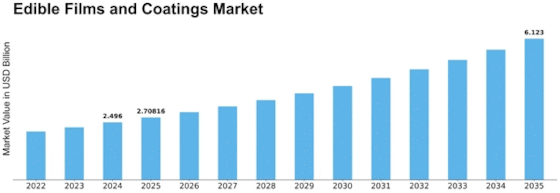

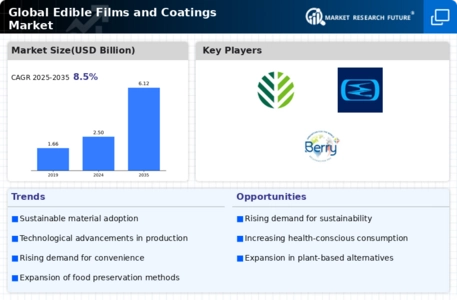
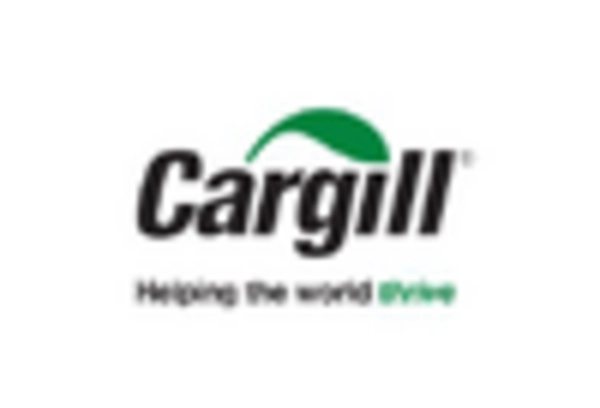
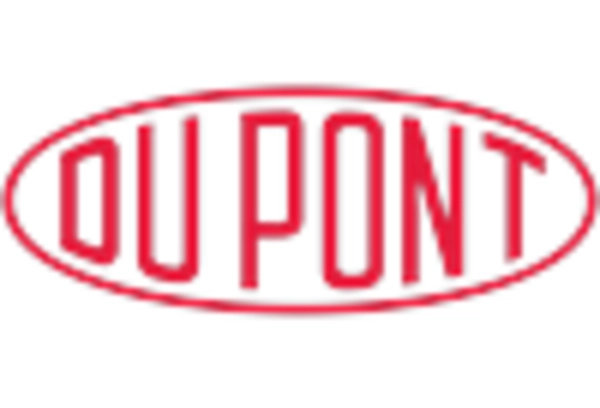
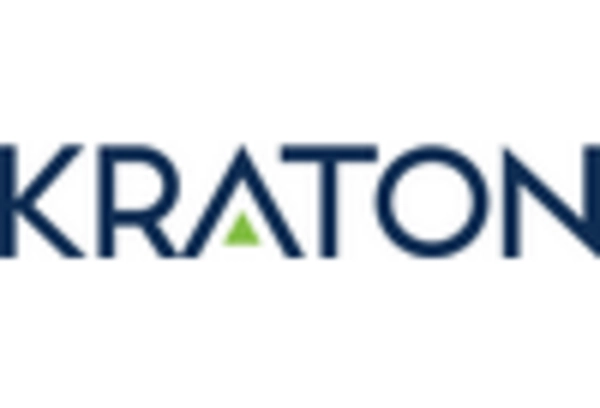
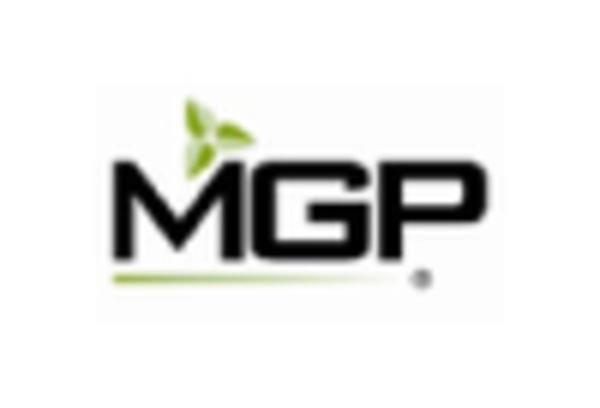
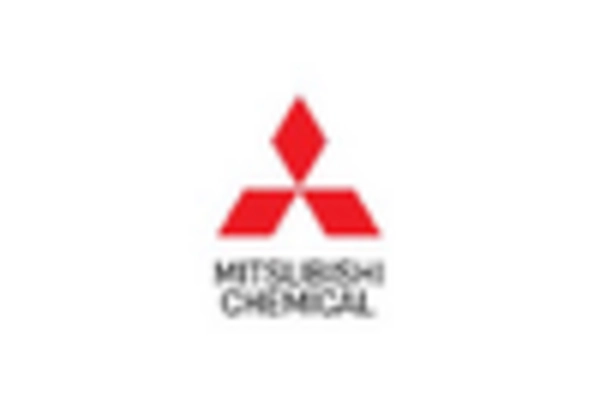
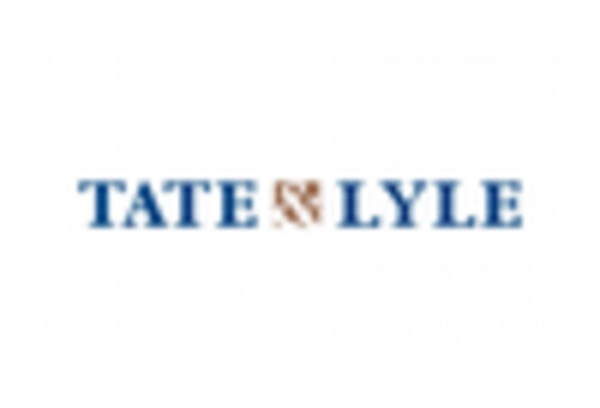









Leave a Comment